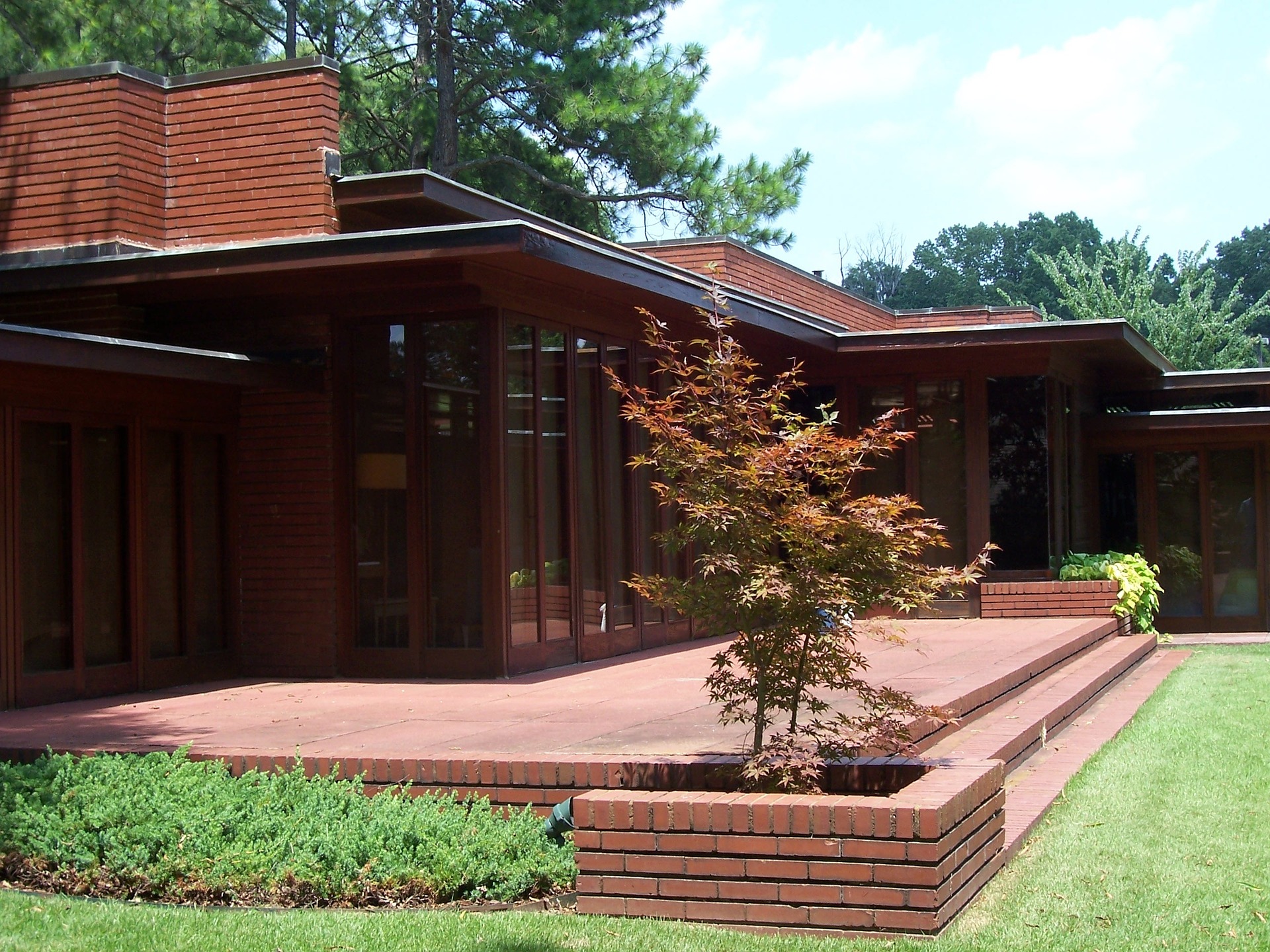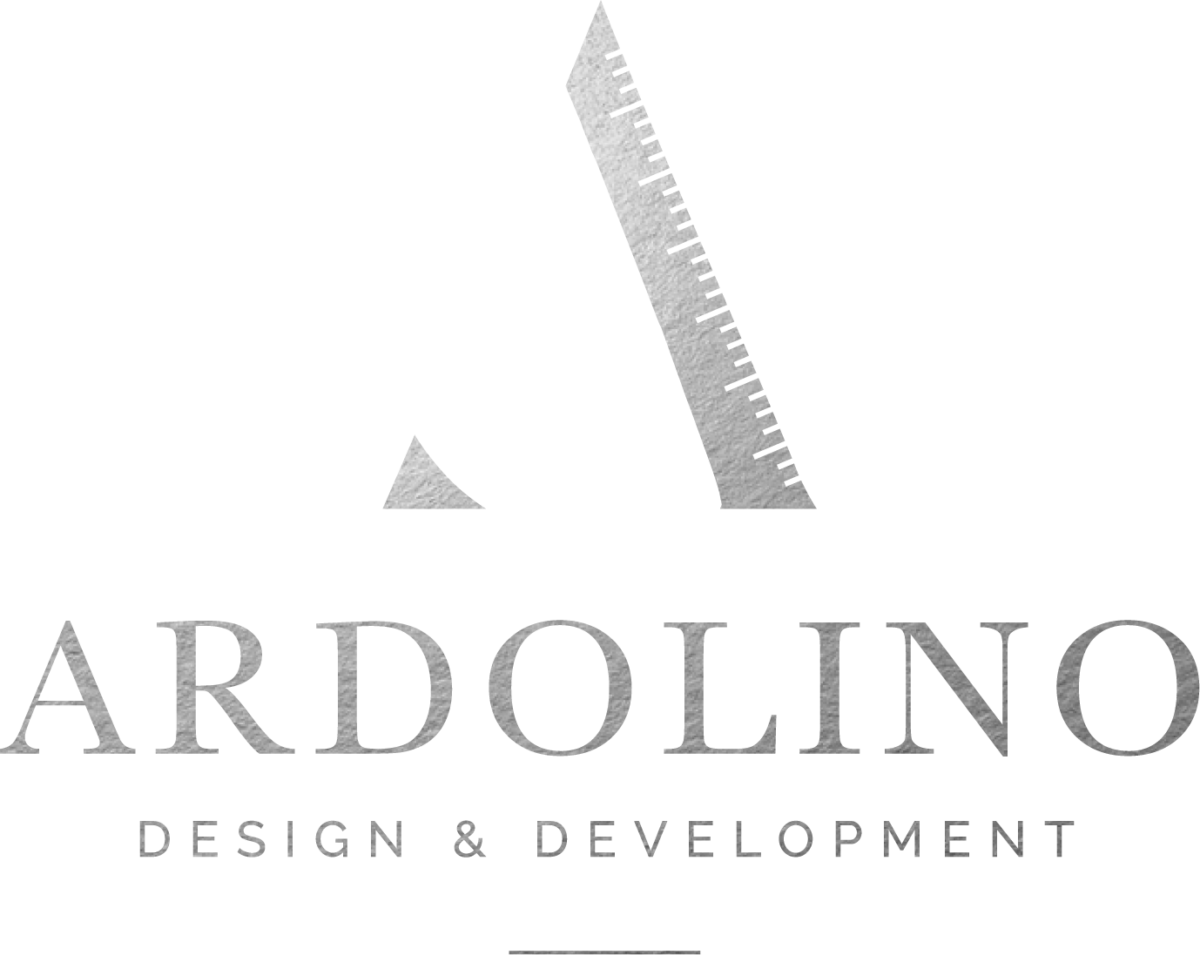
How can we talk about Architecture without bringing up one of the most iconic architects of our century, representative of the prairie style, inspirer of the modern architectural movement, & the transformative artist of 3-dimensional space? Everything Mr. Wright did as an Architect was a manipulation of known industry boundaries. Organic shapes, ingenious details, common sense placement of programmatic areas. Frank Lloyd Wright was out to design every piece; he understood that architecture is a canvas and that each brush stroke applied to its medium is an opportunity for the architect to create something that has never been done before.
One of his last projects and well-renowned pieces of architecture was the Guggenheim Museum in New York on Fifth Avenue. Completed shortly after his passing, the design and the program were elegantly combined to create an experience that moved people in an orderly fashion but allowed creative expression and the natural elements to evolve organically.


In Falling Water in Mill Run, Pennsylvania, Wright expressed his keen artistic ability when he sat with designs brewing in his head from his site visit before drafting a design hours before meeting with the Edgar J. Kaufmann. Creating one of the most memorable pieces of architecture celebrated in the united states. It is the quintessential harmony of man and nature. A place where one lives breathes, and is a part of the natural landscape.

For Mr. Wright, an incredible intellectual individual, using concrete (a cold material) against wood ( a warm material) was a couple of his favorite mediums. As a reflection, his demeanor (cold, stable, and strong like concrete) and his passion (warm, growing, and full of life like wood) are how I relate his persona to his work and how his personality shines through.
These are just two of his many pieces of architecture designed. Across the spectrum of projects, we see various characters and experimentation by the artist. I use artist because that’s how I see him, an artist of rock, wood, glass, and fabric. Someone who does not only think about what goes into his art, but what comes out of it. The seed is the project itself. There is no doubt that Mr. Wright spent many hours nurturing his talents, feeding his ideas, and cultivating the tasks in every aspect controllable. My perspective is that he saw architecture as a garden filled with many different species, needs, wants, and characters, each with their own personalities and other lifestyles. His portfolio brings it together into a consortium of knowledge gained, landscapes experienced, and challenges overcome. A surplus of details, each meticulously thought over, compressing and expanding spaces to create a series of dramatic moments as users pass through or even as observers pass by. His use of linework and the favorable inscription he makes with a ruler is felt with each project; the medium he designed, ruler and pencil, is clearly transformed from paper into a structure. The use of passive solar strategies and the incorporation of earthly elements are just another brush of how his artistic genius is represented in the architecture that responds to its climate.
His use of modern technology was impendent to the success of his designs. Finding ways to use ancient methods of using thermal masses to heat spaces and elegantly placing them, so intersections of materials live in harmony with one another, serving both form and function. He excelled in innovation and boldness, pushing boundaries even when others doubted him.


In my humble opinion, his architecture is so memorable because his passion and desires were not focused on forming a structure around his program but on allowing his program to create the system around itself. Marrying the organic with the refined, constantly seeking to achieve balance in space and time.
Some criticisms included the designs were often dimensioned around his own height; as a more petite man, his plans would be most comfortable for him and those who shared his stature. Whether it was due to the technology of the time or possibly the abstract connections often synonymous with the character of his work, his buildings often had leakage issues. Finally, pieces of furniture were considered hard and uncomfortable to sit in, satisfying to look at, but functional as a decoration only. Despite these setbacks, his designs often included such analogies as the fireplace is the heart of a home and is usually found central to his creations. Open spaces compartmentalize privacy areas and allow flow from one room to another to become almost mysterious while maintaining as much open floor space as multi-purpose spaces. In his commercial work, as seen in much of architecture of the time, efficiency reigned king. This today is seen as a necessary step to understanding how efficiency with people is often counterintuitive. Space today needs to be flexible, providing spaces where people gather and produce and then return to areas that are unique, private, but easily accessible. The bullpen method is incredibly noisy and does not lend to a person’s ability to focus. He did incorporate biophilia into his designs; sounds, colors, and views of nature play an instrumental role in an individual’s ability to produce great work and contribute back to the business for which they are employed.


I sometimes wonder, if Frank had the modern and contemporary technology and advancements offered today, what kind of architecture he would produce? Having completed such impressive designs of his time, I imagine it would be an exciting style. Perhaps it would resemble something like Norman Foster, Frank Gehry, or maybe closer to Zaha Hadid. This is, of course, not to compare any of these artists or place Frank on a pedestal. I believe they all hold their own weight as artists, and reaching their work often feels like comparing apples and oranges. Although they are fruit, they all stem from different backgrounds and aspirations. Grow in different climates, and taste completely different when bitten into. That makes architecture an art; there is so much individuality within design work and reflection of many life experiences. Moreover, architecture requires incredible willpower to see a project develop from a concept into a place people can appreciate. Execution and coordination with many different trades, all wanting to leave a lasting impression on their part, not all of them always being prepared to live up to expectations that the artist relies on them to accomplish.



